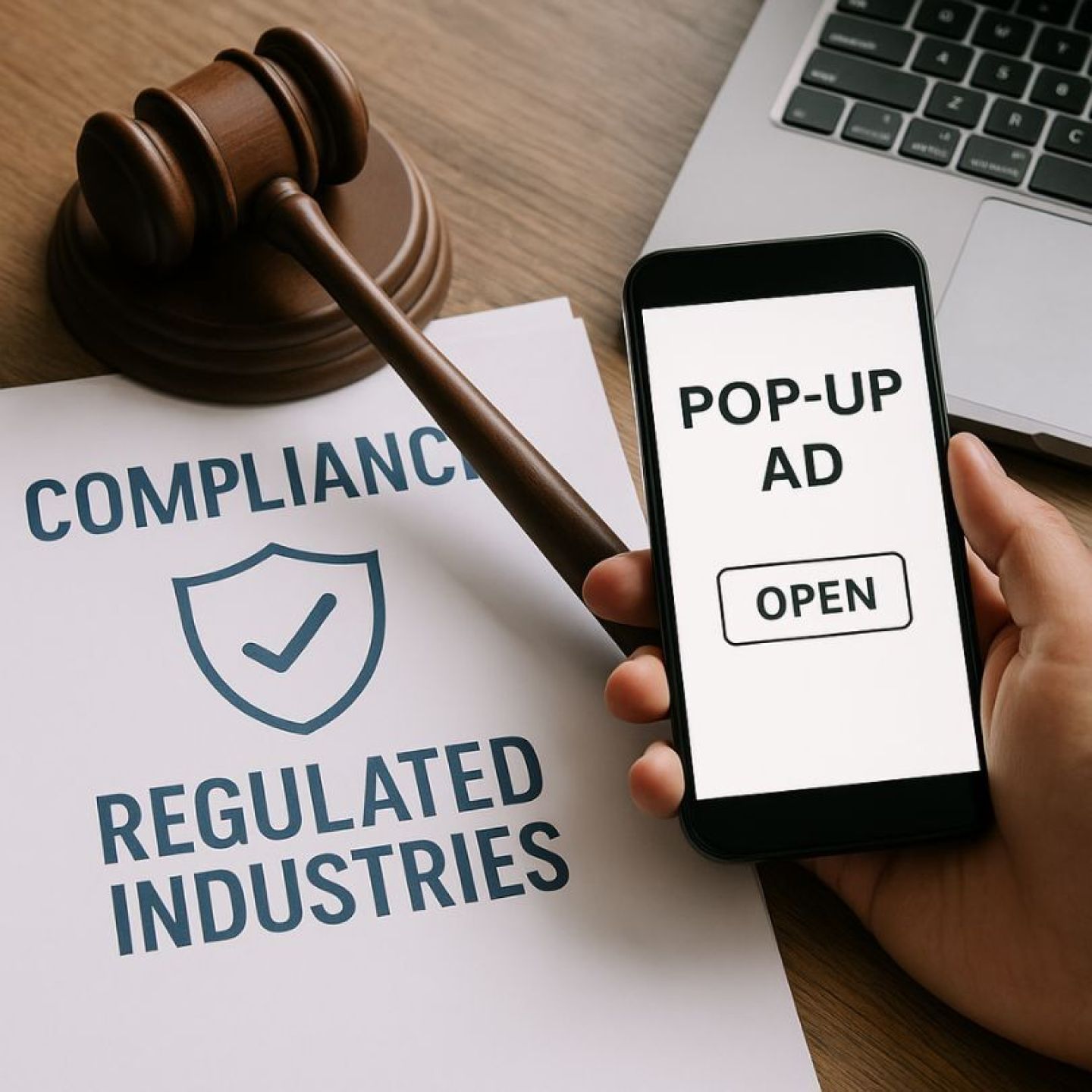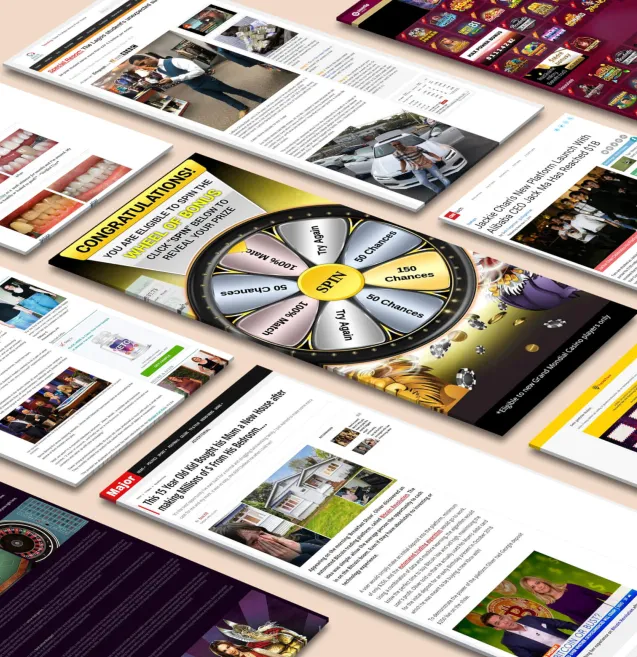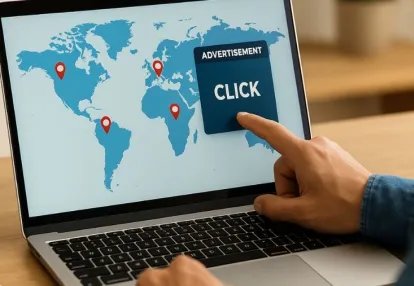
Our spy tools monitor millions of popup and pop-under from over 90+ countries and thousands of publishers.
Get StartedPop ad compliance in regulated industries presents unique challenges for marketers navigating the complex landscape of digital advertising. These industries - healthcare, finance, pharmaceuticals, alcohol, and gambling - operate under strict regulatory frameworks designed to protect consumers and maintain ethical marketing standards.
Your success in regulated industry advertising hinges on mastering a delicate balance: creating compelling campaigns while adhering to stringent compliance requirements. Each sector brings its own set of rules, restrictions, and mandatory elements that shape how you can present your message to potential customers.
Consider these key aspects of regulated industry advertising:
Running compliant pop ad campaigns demands meticulous attention to detail, thorough understanding of regulatory requirements, and careful execution at every step. Your ability to navigate these requirements while delivering effective advertising can make the difference between campaign success and potential legal complications.
In this landscape, pop-up notifications are becoming increasingly smarter and more efficient.
Pop ad compliance regulations create a complex web of requirements that shift dramatically across different industries and digital platforms. Each regulated sector maintains its unique set of advertising standards:
The legal framework governing pop ads combines federal regulations, state laws, and platform-specific policies. Advertisers must navigate requirements from:
For advertisers looking to successfully navigate this complex landscape and unlock the full potential of pop advertising, understanding these regulations is crucial.
Key Regulatory Considerations for Pop Ad Design
Platform policies add another layer of complexity by enforcing their own rules. Facebook might require specific image-to-text ratios, while Google Ads maintains strict character limits for regulated industries. These platform-specific requirements exist alongside broader regulatory frameworks, creating a multi-layered compliance structure that advertisers must master.
In addition to these challenges, advertisers also need to be aware of POP regulations and compliance testing which ensure that prohibited and restricted Persistent Organic Pollutants are not present in products and materials used in advertisements.
Truthful advertising is a key aspect of pop ad compliance in regulated industries. Your ad content must accurately represent products or services without exaggeration or ambiguity. This means:
Each regulated industry has specific disclaimer requirements for pop ads:
These disclaimers must be:
Pop ads in regulated industries must implement strong consent mechanisms:
Your pop ads must keep detailed records of user consent and conduct regular compliance audits to ensure ongoing adherence to privacy regulations. This includes documenting consent timestamps, user locations, and specific permissions granted.
Selecting the right advertising channels in regulated industries requires careful consideration of platform-specific policies and audience targeting capabilities. Each platform maintains distinct guidelines for regulated content:
Your channel selection strategy should prioritize platforms that align with your target demographic's behavior patterns. Consider these factors:
Different platforms offer varying levels of targeting precision. Match your audience targeting needs with platform capabilities:
Campaign planning in regulated industries requires careful attention to detail and longer timelines. You'll need to allocate 2-3 times the standard preparation period to accommodate thorough compliance reviews and potential revisions.
Here's what your planning timeline should include:
The internal review process requires coordination between multiple departments:
You'll benefit from creating a compliance documentation package that includes:
Setting up automated compliance monitoring tools helps track real-time campaign performance against regulatory requirements. These tools can flag potential violations before they become serious issues, allowing for swift corrective action.
The gambling industry faces unique advertising challenges due to strict regulatory requirements. A prominent online casino's recent campaign illustrates these complexities:
The campaign required extensive modifications to meet platform-specific guidelines. Facebook rejected initial ad versions containing celebratory jackpot imagery, while Google Ads flagged content suggesting guaranteed wins.
The campaign successfully navigated these requirements by:
This case demonstrates how gambling advertisers can maintain effective marketing while adhering to regulatory standards through careful planning and systematic compliance checks.
Pop ad compliance in regulated industries requires a careful balance between marketing creativity and following the rules. Your success depends on creating interesting campaigns while also sticking to strict ethical standards and legal requirements.
Key takeaways for successful regulated industry advertising:
The future of regulated industry advertising belongs to marketers who see compliance as an opportunity instead of a limitation. By making ethical practices and regulatory requirements a part of your main marketing strategy, you'll earn your audience's trust and achieve steady growth in these difficult sectors.
Remember: A compliant ad campaign isn't just about following rules—it's about showing that you care about responsible marketing practices and protecting consumers.
Receive top converting landing pages in your inbox every week from us.
Tips & Tricks
Expanding your pop ad campaigns globally requires the right geo-targeting strategies. Explore five proven approaches to scaling pop ads across different regions while maintaining strong performance. Learn how to adapt creatives, timing, and messaging to match local audiences and cultural nuances. Perfect for advertisers ready to take their pop campaigns to an international level with confidence.
David Kim
7 minDec 11, 2025
How-To
Turn lost opportunities into sales with effective holiday remarketing using push ads. Learn how to re-engage shoppers who abandoned their carts through timely, personalized notifications. Discover proven strategies for crafting irresistible messages that drive action and recover revenue. Perfect for marketers aiming to boost conversions and maximize holiday season profits.
Elena Morales
7 minDec 10, 2025
How-To
AI is transforming the way advertisers approach pop campaigns in 2025. Discover how automation, predictive analytics, and real-time optimization can enhance targeting and boost engagement. Learn practical tips for creating smarter, high-performing pop ads that deliver measurable results. Perfect for marketers ready to stay ahead in the evolving world of AI-driven advertising.
Priya Kapoor
7 minDec 8, 2025




